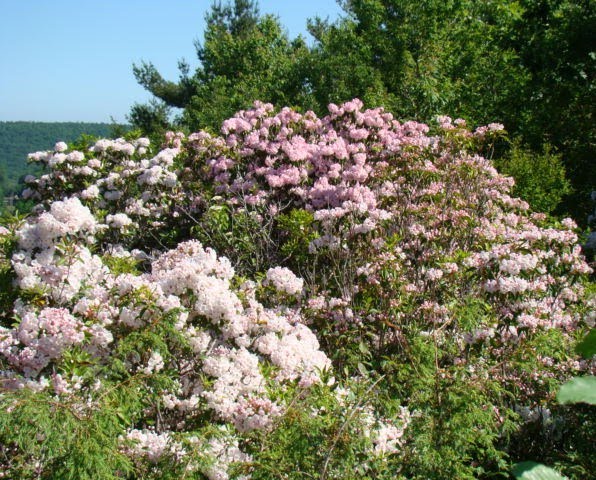
General Information
Considered to be one of the best Crabapples for flowering and form, Japanese Crabapple are prized for their prolific, fragrant blooms in spring. This deciduous tree produces yellow and red fruits from late summer into fall that can be made into jelly. The fruits are also favored by a variety of wildlife.
Japanese Crabapple is not native to North America. Its distribution range includes Massachusetts, Connecticut and Washington DC on the east coast. The range also includes the states of New York, Pennsylvania, Ohio, Louisiana, Kansas and Oregon.

Plant Habit and Form
Japanese Crab Apple reaches 15 to 25, sometimes 30, feet in height. It has a rounded, spreading canopy of densely set branches. The 2- to 4-inch long, alternate green leaves have serrated margins and are elliptical in shape. The leaves turn yellow in the fall but are not showy.
Growing Requirements
Japanese Crabapple grows best in full sun in moist, well-drained acidic soil. It can tolerate other conditions to a moderate degree, although it is not particularly drought tolerant.
Flowering and Fruiting
Japanese Crabapple bears a profusion of very showy 1 1/4 inch fragrant, pale pink flowers that mature to white in April and May. The subsequent yellowish fruit has a reddish tinge and are borne in abundance. They are small, about 1/2 an inch in length, and they can create quite a litter for the homeowner. Fortunately the fruit is favored by a variety of birds.
Pests and Diseases
Japanese Crabapple has moderate disease resistance but can be susceptible to fire blight, powdery mildew and apple scab.
ID Tips
Red buds open to pale pink flowers and mature to white in spring. Slender, elliptical, serrated green leaves. Broad, rounded, dense canopy.

